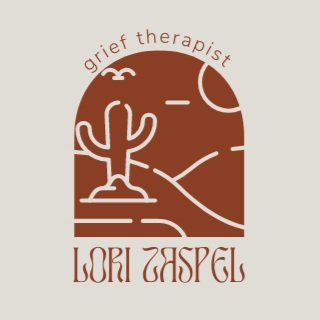Emotional regulation and grief
Emotional regulation can be a polarizing term. “Regulation” in particular can be spicy! What do you mean, regulate our grief?! Sometimes, it is true, grief needs to be screamed from the rooftops. But beyond the clinical terminology, what we’re referring to is the ability to manage and respond to emotional experiences in ways that support well-being and resilience. Our emotions can feel like a storm — unpredictable, powerful, and all-encompassing. Learning to move with these emotions doesn’t mean suppressing or controlling them; instead, it involves cultivating tools to navigate the waves with greater stability and self-compassion.
One approach to emotional regulation in grief is through somatic work, a therapeutic approach that emphasizes the connection between the mind and body. By tuning into our bodily sensations, we can begin to understand and process our emotions on a deeper level. Somatics uses gentle, curious, and non-judgmental techniques to help individuals reconnect with their bodies and release stored tension. This approach acknowledges that healing grief isn’t only a cognitive process but also a physical one.
Techniques to Foster Emotional Regulation
Grounding practices: one foundational technique in somatic experiencing is grounding. This might involve feeling your feet firmly on the floor, noticing the support of a chair beneath you, or engaging with your senses to connect to the present moment. Grounding helps anchor you when grief feels overwhelming, providing a sense of stability amidst emotional turbulence.
Pendulation: grief can bring us into intense states of emotional activation, such as sadness, anger, or numbness. Pendulation involves gently moving between states of discomfort and safety. For instance, you might briefly notice a sensation of tightness in your chest, then redirect your focus to the sensation of your hands resting on your lap. This back-and-forth movement helps regulate your nervous system and build tolerance for emotional experiences.
Resourcing: resourcing is about finding and cultivating feelings of safety, connection, or comfort. This could be as simple as recalling a memory that brings you peace, visualizing a comforting image, or holding an object that has positive associations. These resources act as emotional anchors, offering support during moments of heightened grief.
Emotional regulation and resilience isn’t about "getting over" grief or avoiding our feelings — it’s about learning to live with it in a way that honors your feelings without being consumed by them. Over time, this allows you to experience grief as a part of your life story without losing touch with the present moment.
Grieving is a deeply human experience, an inevitability of being alive, and finding emotional regulation doesn’t mean avoiding the pain. Instead, it’s about finding ways to stay connected to yourself, your memories, and your healing journey. Whether through grounding, pendulation, resourcing, or simply allowing yourself to feel what arises, somatics offers a compassionate path toward navigating grief with greater balance and resilience.
More reading about grief and emotional regulation:

